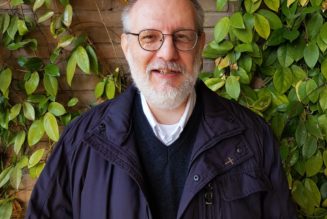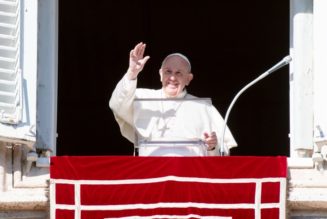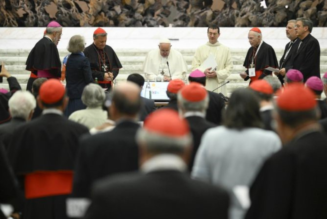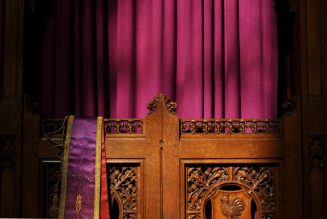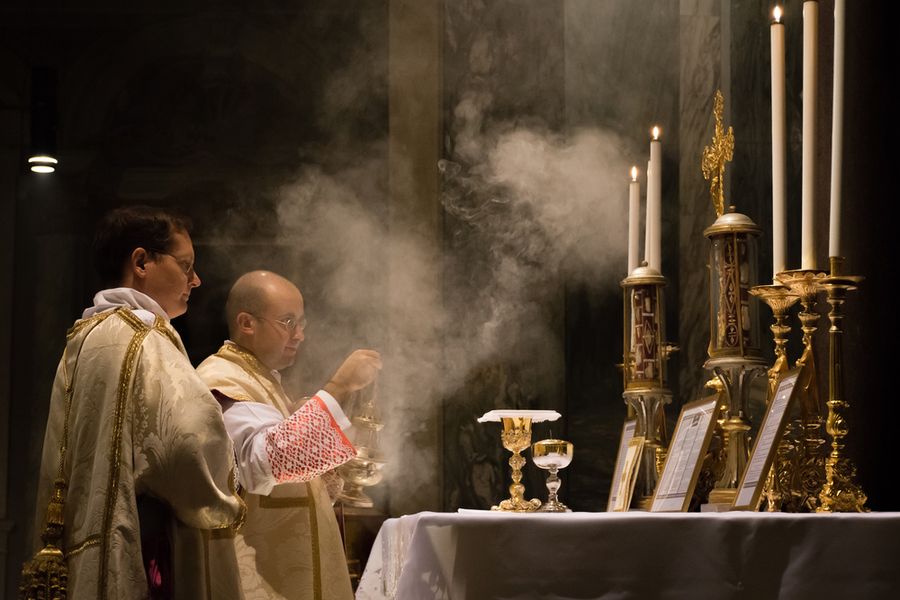
This restriction is intended “to re-establish in the whole Church of the Roman Rite a single and identical prayer expressing its unity,” the liturgy office said.
“In implementing these provisions, care should be taken to accompany all those rooted in the previous form of celebration towards a full understanding of the value of the celebration in the ritual form given to us by the reform of the Second Vatican Council,” the document said.
“This should take place through an appropriate formation that makes it possible to discover how the reformed liturgy is the witness to an unchanged faith, the expression of a renewed ecclesiology, and the primary source of spirituality for Christian life.”
One of the changes Pope Francis’ motu proprio introduced to the Traditional Latin Mass was the obligation for it to be celebrated only in non-parish churches, oratories, or chapels.
The Vatican said Saturday that bishops can ask the Congregation for Divine Worship for a dispensation from this obligation “if it is established that it is impossible to use another church, oratory or chapel.”
The congregation went on to say that if the dispensation is given for a community to celebrate the Traditional Latin Mass in a parish, “such a celebration should not be included in the parish Mass schedule, since it is attended only by the faithful who are members of the said group” and “it should not be held at the same time as the pastoral activities of the parish community.”
“It is to be understood that when another venue becomes available, this permission will be withdrawn,” the liturgy office said.
The note also explained that the reason for the provision that the Traditional Latin Mass not be celebrated in parish churches is “intended to affirm that the celebration of the Eucharist according to the previous rite, being a concession limited to these groups, is not part of the ordinary life of the parish community.”
“There is no intention in these provisions to marginalize the faithful who are rooted in the previous form of celebration: they are only meant to remind them that this is a concession to provide for their good (in view of the common use of the one lex orandi [law of prayer] of the Roman Rite) and not an opportunity to promote the previous rite,” it added.
Another response emphasized that at Traditional Latin Masses, “it possible to use the full text of the Bible for the readings.”
The document noted that “Traditionis custodes states that the readings are to be proclaimed in the vernacular language, using translations of Sacred Scripture for liturgical use, approved by the respective episcopal conferences.”
(Story continues below)
It added: “No vernacular lectionaries may be published that reproduce the cycle of readings of the previous rite.”
In his letter to the presidents of bishops’ conferences, Roche said that a continuous formation regarded the liturgy is needed for priests and lay Catholics.
“As pastors we must not lend ourselves to sterile polemics, capable only of creating division, in which the ritual itself is often exploited by ideological viewpoints,” he said.
“Rather, we are all called to rediscover the value of the liturgical reform by preserving the truth and beauty of the Rite that it has given us,” he said.
“For this to happen, we are aware that a renewed and continuous liturgical formation is necessary both for priests and for the lay faithful.”
The new guidelines also explained certain regulations for priests who celebrate Traditional Latin Masses and ministers who assist them.
Join Our Telegram Group : Salvation & Prosperity
